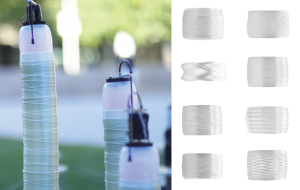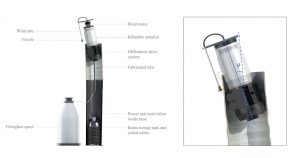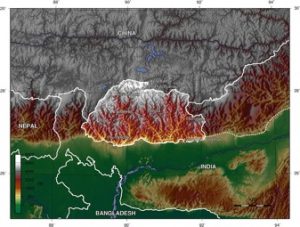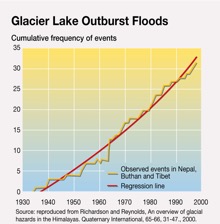A lot of my childhood has been decorated with creative schemes: whether that be using the walls of my home as a gigantic canvas, or writing weekly news bulletins for my family – proudly published and hung on the fridge every Saturday. I didn’t care if something has already been done before; all I knew was that I wanted to create something and turn it into my own. At a young age, I knew that every creation fabricated into existence was different among each person, as each maker imparts a piece of themselves into their creation.
Although I continued my creative efforts throughout high school and even now, albeit a little differently, I admit that as I am getting older, I found that the amount of resources available for creative purposes are dwindling.
Or so I thought.
As children, we viewed the world as a place filled with an endless supply of things that we could use for anything. Sure, we can chalk it up to youthful ignorance and walk away, but I think there’s something worth dwelling upon here. As we continued on, we learned the different functionalities of the built environment and the manmade objects, abiding by an unspoken rule that everything must be used according to the functionality that they were designed to possess.
But who made up that rule, and why are we playing that game; a game, in which, the stakes are much lower than if we choose not to explore what else it can be used for?
What I’m trying to draw your attention to is that we are becoming illiterate of the resources around us – but it’s not too late.
Invention Literacy – what is it?
I’ll admit – when I hear news about a recent invention, the first thing that pops up into my head is a question: “How were they able to come up with something so simple yet innovative?”. What follows is the mental remark that they are simply more knowledgeable.
But that’s not entirely true – there are inventors like
Ann Makosinski that are inventing innovative solutions without simultaneously pursuing a post-graduate degree.
Essentially, what I’m trying to say is that rigorous education or knowledge about scientific/engineering concepts aren’t required for you to make a meaningful education – you just have to be literate.
Jay Silver, the pioneer of the
Invention Literacy movement, describes the latter as “the ability to read and write human made stuff, from toaster to apps”. He adds that there is a “grammar to inventing”, and a “literature of inventions” that can spark the creation of our own inventions. Just as scientists review existing literature to help shape their own studies, and musicians listen to the works of Beethoven or Miles Davis to help shape a fusion of genres, inventors can turn to past and existing inventions, such as a car or a hammer, and create something out of it – regardless of whether or not it abides by the original design of such invention. However, to be able to create something requires knowledge of the working pieces. To be able to write music, one would need to have a grasp of rhythm and melody. To be able to write comprehensible sentences in English, one would need to know English grammar. Similarly, to be able to invent something, one would need to know the different components that can be used to make up the invention – whether that be a bunch of gears, rulers, etc.
Simply put, invention literacy is the ability to take a piece of man-made object and break it down to the smallest functional parts.
Shifting in mindset and reshaping education
There is a gap in invention literacy amongst our generation. Our education, starting from pre-school education to post-secondary, has placed great emphasis on understanding the mechanisms of things around us, and not a lot on how to create things.
Luckily, there are some other pioneers pushing the Invention Literacy initiative.
This phrase is exemplified through one of the many educational activities that can spur from the MaKey MaKey kit. Learning the fundamental skill of learning how to count money is made more interactive by connecting the MaKey MaKey to a dime, a nickel, a quarter and a penny, and is then used to gather information from the user that is sent to a computer program.
video – MaKey MaKey Piggy Bank
Through the MaKey MaKey, concepts are not merely contained in worksheets and textbooks; instead, they are able to be felt and experienced.
The fruits of being literate
But what about those who are unable to fully feel and experience due to disabilities? This is where the beauty of invention literacy really shines through. By being familiar with what makes a certain object functional, we are able to take it apart and mimic it using the resources available. In the context of the MaKey MaKey technology, various assistive technologies have been created – technologies that would otherwise cost hundreds to thousands of dollars.
video – Assistive Technology prototype built during the Makey Makey workshop
The Takeaway
As daunting as the term may sound, “inventing” is not some kind of alchemy. It was our primary intuition as children – inventing our way through acquiring more knowledge about the world.
However, Jay Silver said it perfectly, “What we know can get in the way of what could be”.
In our pursuit of knowledge, we run the risk of forgetting that the world is malleable – that it is shaped by how we choose to design it. But to be able to design it, not only must we know the components that we can use in our design – we must also have an underlying vision.
How will you choose to shape the world around you?
Alyssa Gutierrez











